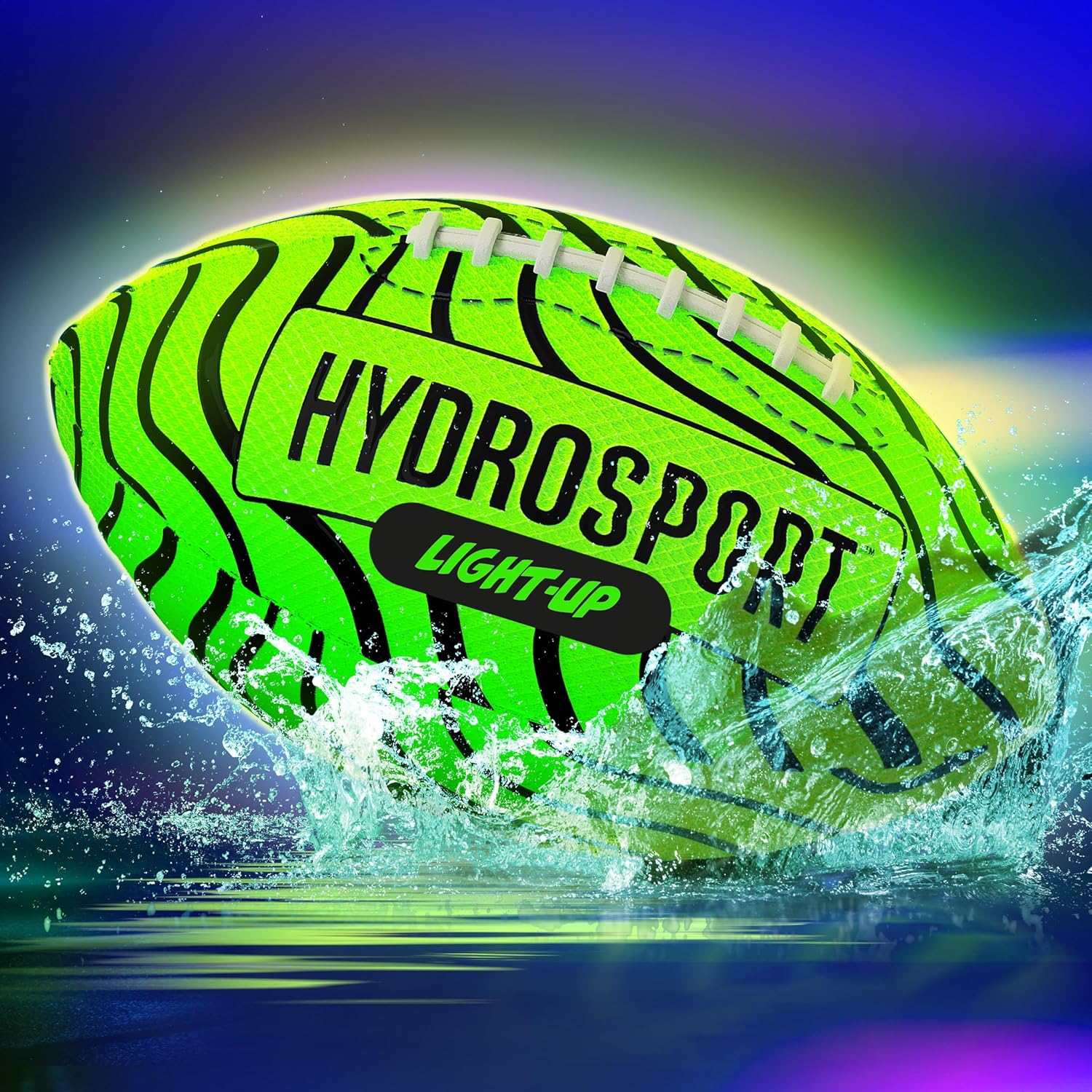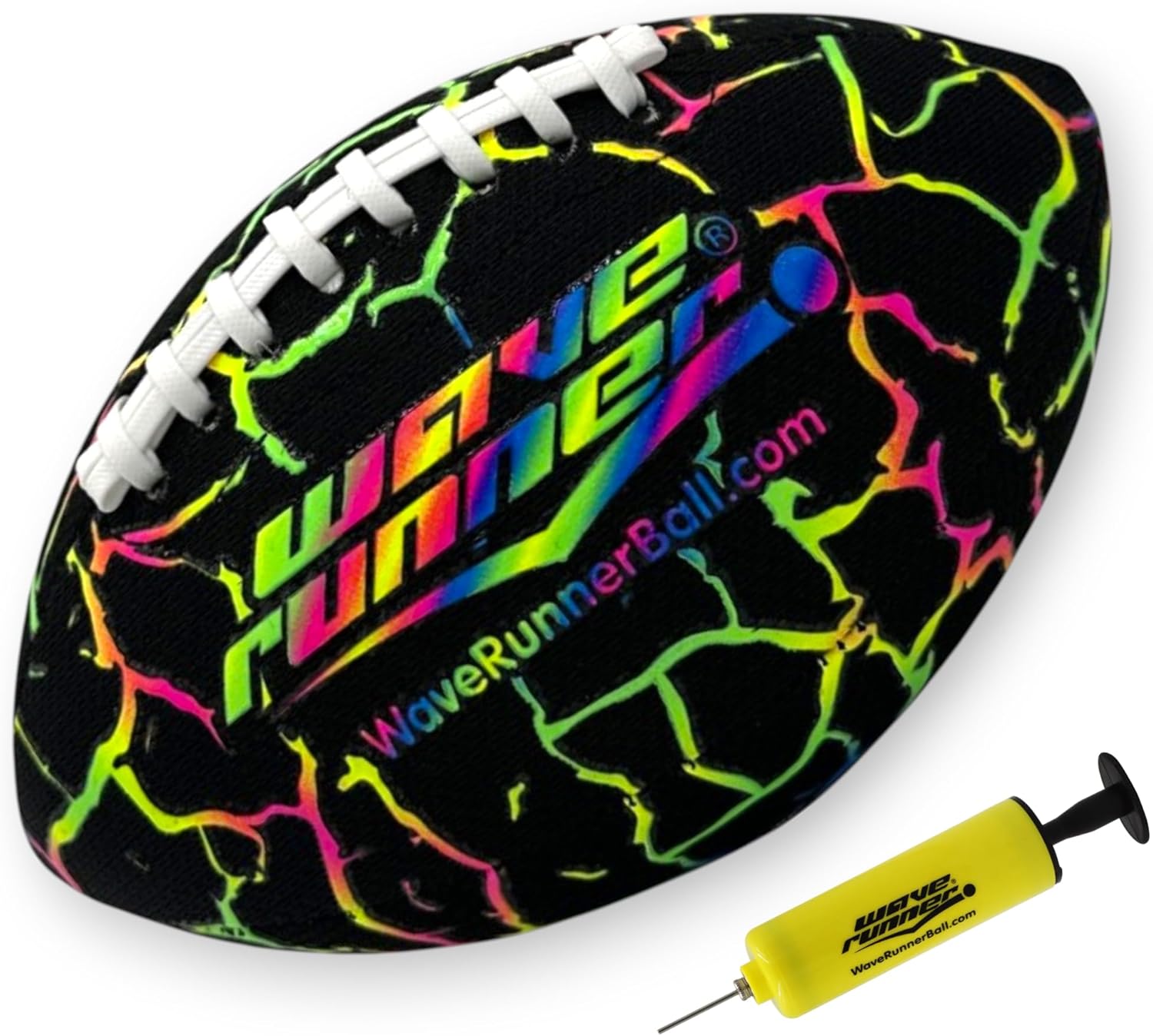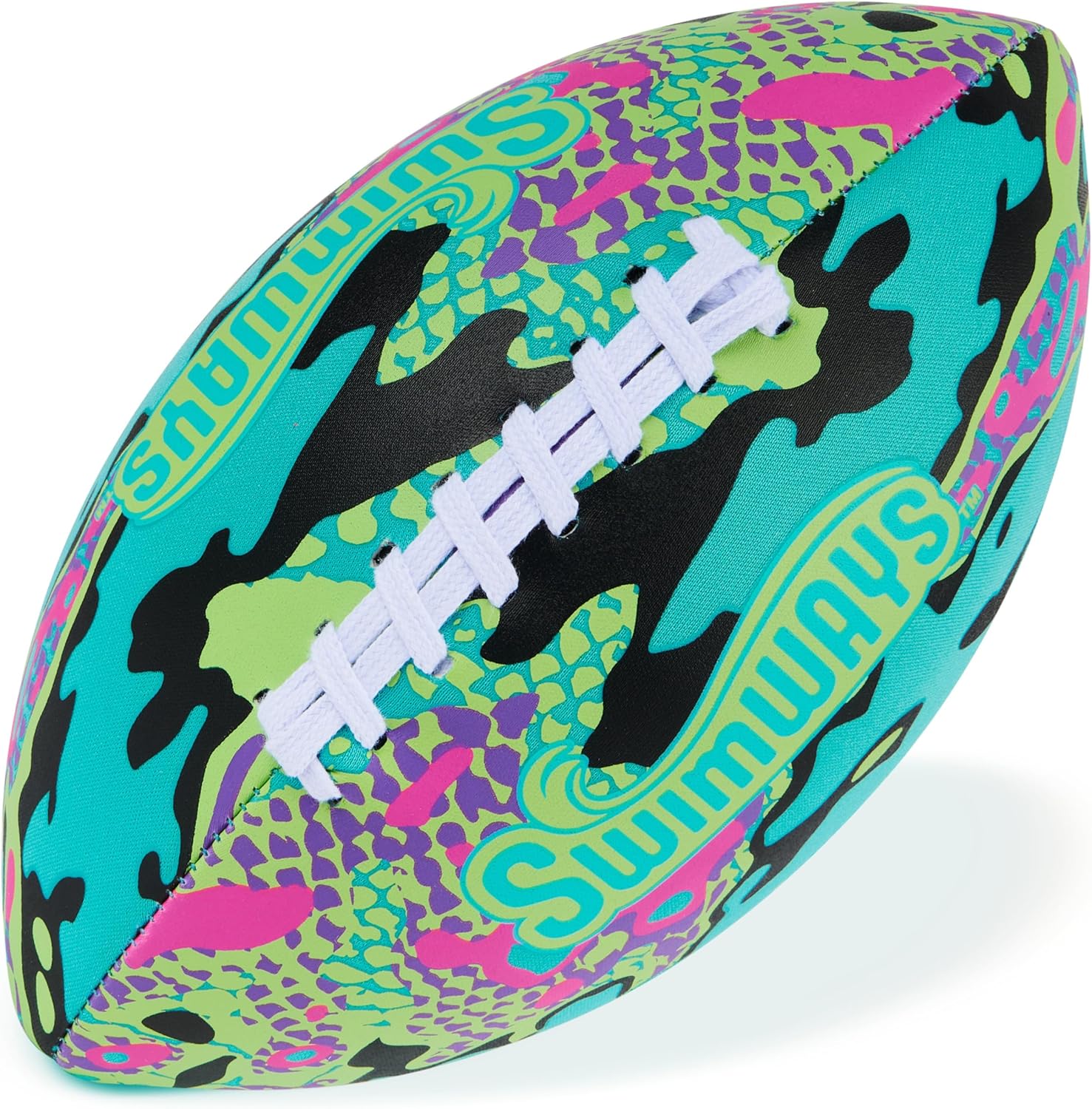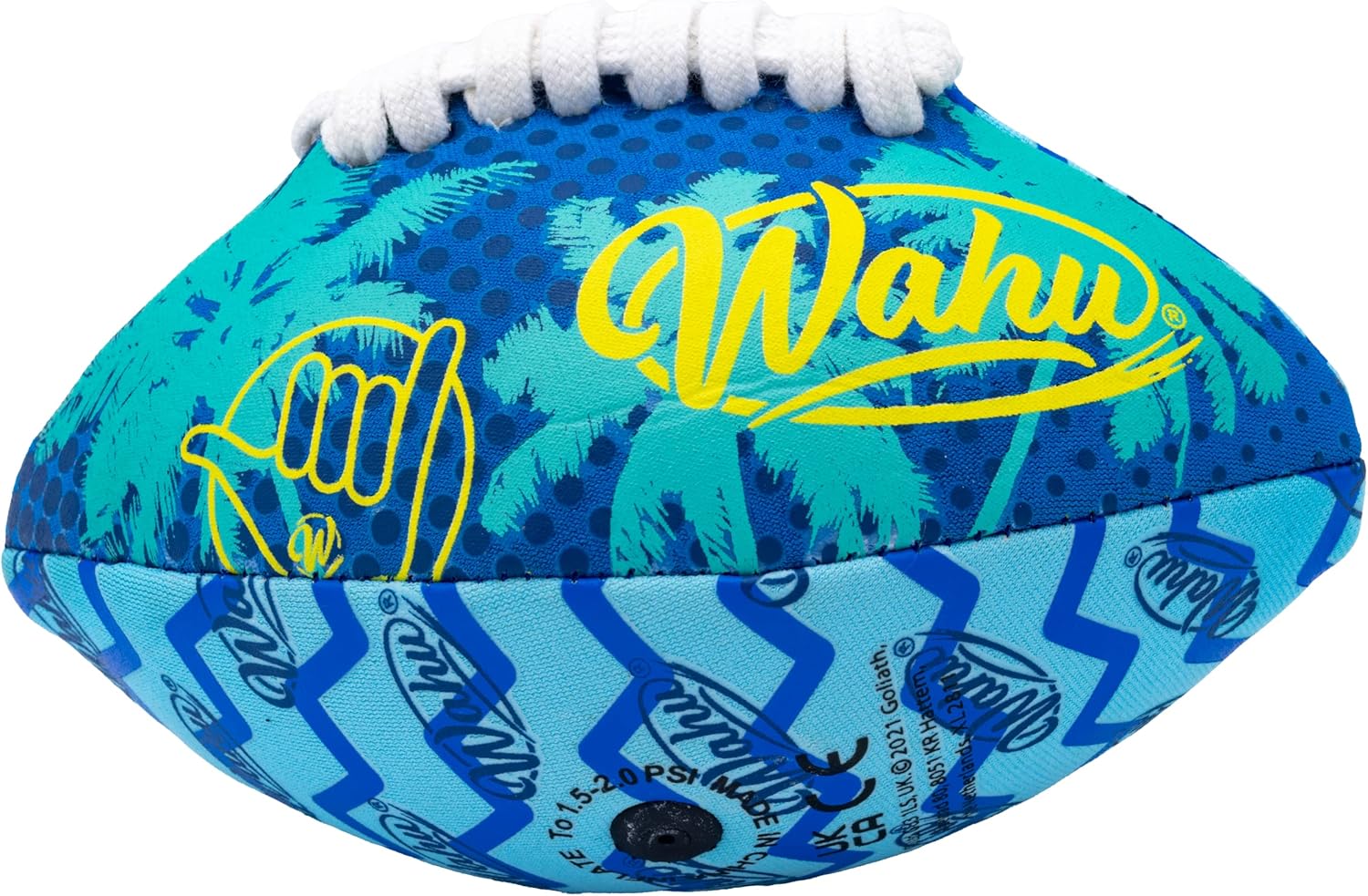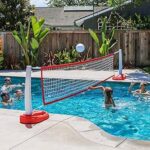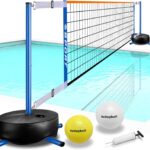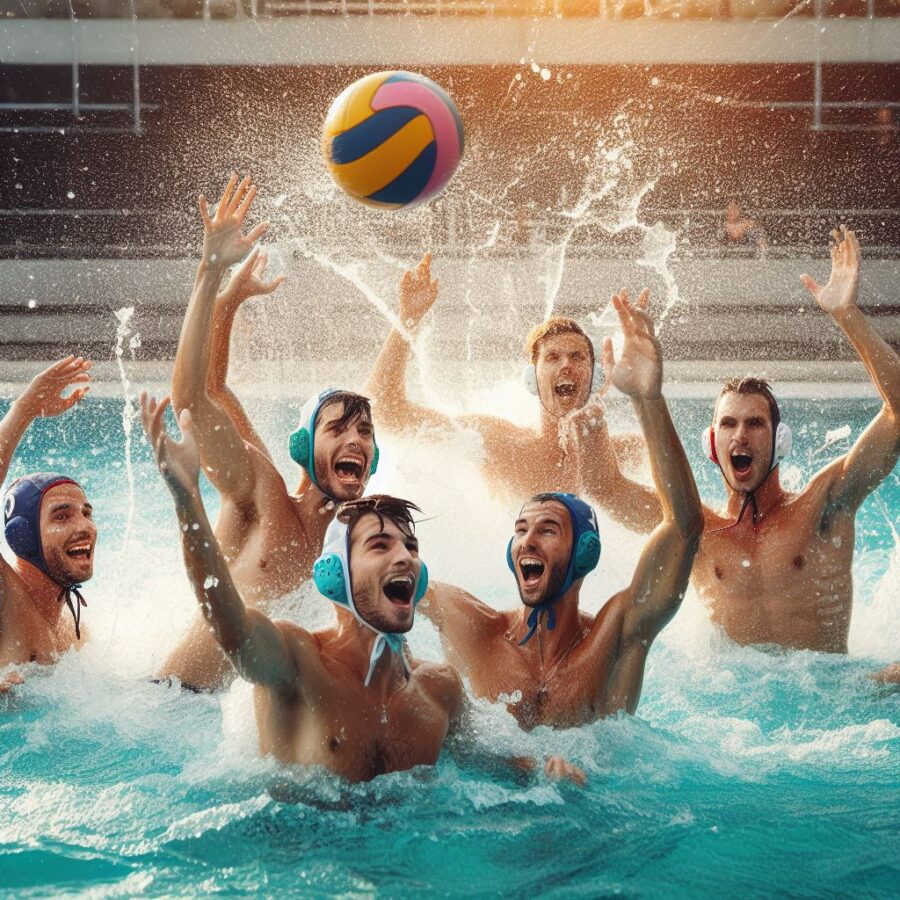Swimming Pool Football – The Sport That Makes Marco Polo Look Like a Warm-Up
They say football is a game of skill, speed, and precision — now try doing it while keeping your head above water, avoiding the accidental mouthful of pool water, and fighting the urge to laugh as your opponent’s “kick” turns into a slow-motion splash.
That’s swimming pool football. It’s the one sport where even the fastest sprinter finds themselves moving like a determined jellyfish, and the strongest defender in the family is suddenly outpaced by the ball drifting on the current.
Whether it’s at a family barbecue, a resort, or a community pool party, the game blends athletic challenge with all-out water fight energy.
What Exactly Is Swimming Pool Football?
Swimming pool football is exactly what the name suggests: football played in the shallow end of a pool, using a water-safe ball. The depth is usually waist-high or less, so players can move easily without swimming.
Floating goals are common, though some players improvise with pool noodles or weighted markers.
The ball is lighter than a standard football, designed to float and resist waterlogging. Popular options include the best water footballs for pools that grip well when wet and stay responsive during passes. Some players prefer a mini water football for smaller pools or younger players.
The aim is the same as traditional football: score more goals than your opponent, but the gameplay changes dramatically in the water.
Why Swimming Pool Football Is Gaining Popularity
Resorts and beach clubs often host organized games because it’s more inclusive than land football. You don’t need much stamina to enjoy it, and the water levels the playing field between seasoned athletes and casual swimmers. In backyards, it’s become a staple for summer gatherings because:
- It keeps everyone cool in hot weather.
- The water softens falls and tackles.
- Even non-sporty friends tend to join in.
It’s a blend of sport and leisure, with just enough competitiveness to keep things exciting.
|
|
|
|
Equipment Needed for Swimming Pool Football
You can play a casual match with nothing more than a ball and two “goal” markers, but for a better experience, you’ll want:
- Floating goals or net frames designed for water sports.
- A best pool football that’s waterproof, grippy, and lightweight.
- Optional mini water football for smaller spaces or kids.
- Water shoes to protect feet from rough pool floors.
- A whistle for the referee (even if it’s just Uncle Dave making up rules).
Some themed events use a bluewater beach football, a brightly coloured ball for better visibility in the water.
Pool Size and Game Setup
One of the most common problems with swimming pool football (and a major search intent point) is figuring out whether you can play in a small backyard pool or if you need a large one.
- Small Pools (Under 15 ft) – Best for 2–3 players per team. Use smaller goals and a mini water football.
- Medium Pools (15–25 ft) – Ideal for 3–5 players per side. Allows more passing space.
- Large Pools (25+ ft) – Great for resort-style tournaments with floating goals and more physical play.
If you don’t have space for floating goals, you can improvise with weighted pool noodles or floating rings as targets.
Basic Rules and Gameplay
The rules depend on space and player numbers, but here’s the general format:
- Teams: Usually 3–5 players per side.
- Game Length: 5–10 minute halves to prevent exhaustion.
- Movement: Running in water, no diving at opponents.
- Ball Handling: Kicking is common, but many also allow hand passes for mixed-skill groups.
- Scoring: Goals are counted when the ball fully passes between the goal markers.
The slower pace in water means strategy changes. Positioning and anticipation matter more than raw speed.
Benefits of Swimming Pool Football
Aside from being fun, swimming pool football offers surprising benefits:
- Low-impact exercise: Water supports body weight, reducing strain on joints.
- Cardio workout: Even at a slow pace, water resistance increases heart rate.
- Full-body conditioning: Every movement works muscles differently than on land.
- Cooling environment: No overheating in summer.
- Social interaction: Perfect for family, friends, or team-building events.
Safety Tips for All Ages
If you are a parent looking for pool football game ideas, safety should come first. Here’s the golden rule: water safety comes before scoring goals.
- Always supervise games with children.
- Set a depth rule: no deep diving during play.
- Use soft, lightweight balls to avoid injury.
- Limit physical contact to avoid accidental head or neck hits.
In public pools, make sure lifeguards are aware a game is happening, as sudden splashing can look like distress.
Skill Tips for Better Gameplay
To master swimming pool football:
- Short passes work better than long kicks as water slows momentum.
- Anticipate ball movement, it floats unpredictably after impact.
- Keep knees high when running through water to avoid drag.
- Use the water’s resistance to pivot sharply for defense.
Common Challenges and How to Solve Them
- Ball drifting out of bounds: Use weighted ropes or pool edges to contain play.
- Players slipping: Encourage water shoes.
- Visibility issues: Use bright-colored balls like a Bluewater beach football.
Creative Game Variations
For more excitement:
- Obstacle matches: Add floating inflatables as barriers.
- Timed rounds: Two-minute sprints to keep energy high.
- Relay scoring: Players must tag a teammate before attempting a goal.
Choosing the Right Ball
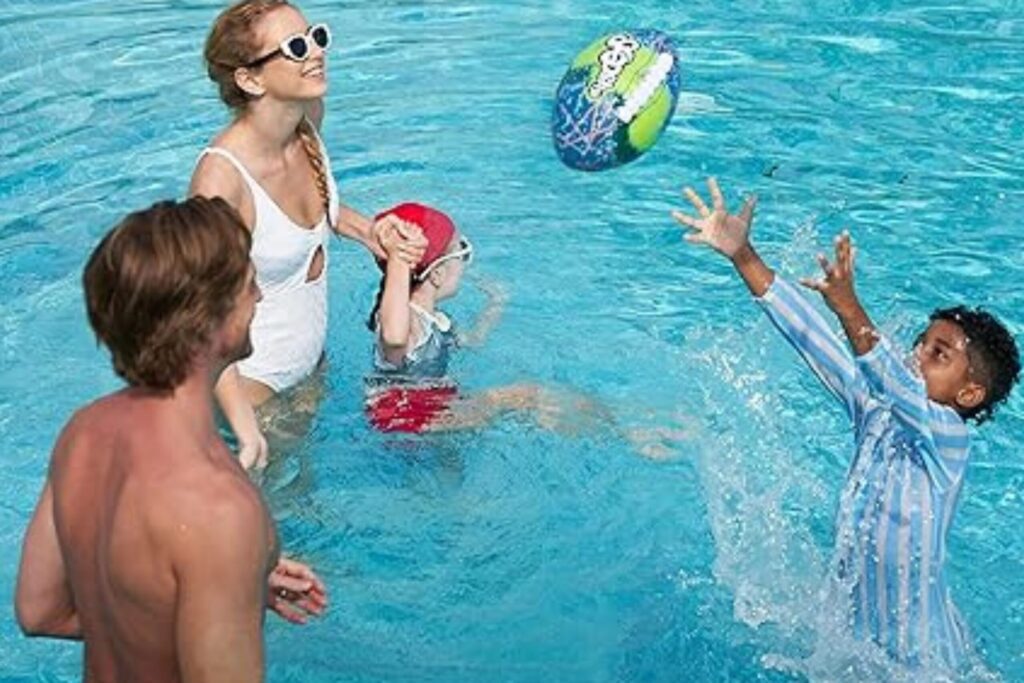
The best water footballs for pools are soft, floatable, and have good grip. For small children, a mini water football works better. A bluewater beach football is ideal for large pools where visibility matters.
Kids vs Adults Gameplay Differences
For kids, use smaller balls, larger goals, and relaxed rules. Adults often prefer competitive matches with stricter boundaries. Mixed-age games work well if younger players team up.
Swimming Pool Football as a Workout
Many assume it’s just splashing around, but swimming pool football can be a solid workout:
- Cardio – Constant movement in water raises your heart rate.
- Muscle Strength – Water resistance builds leg and core muscles.
- Low Impact – Ideal for joint health compared to land-based sports.
Even casual play for 30 minutes can burn 200–300 calories while improving balance and agility
Hosting a Swimming Pool Football Tournament
A swimming pool football tournament is a series of short, competitive matches played in a pool using a waterproof football. The water slows movement, adds resistance, and makes traditional football skills (like dribbling and passing) more challenging, which levels the playing field between experienced and beginner players. Here is what to do:
- Set rules before play.
- Divide teams fairly.
- Keep games short.
- Rotate players to avoid fatigue.
- Offer snacks and drinks between rounds.
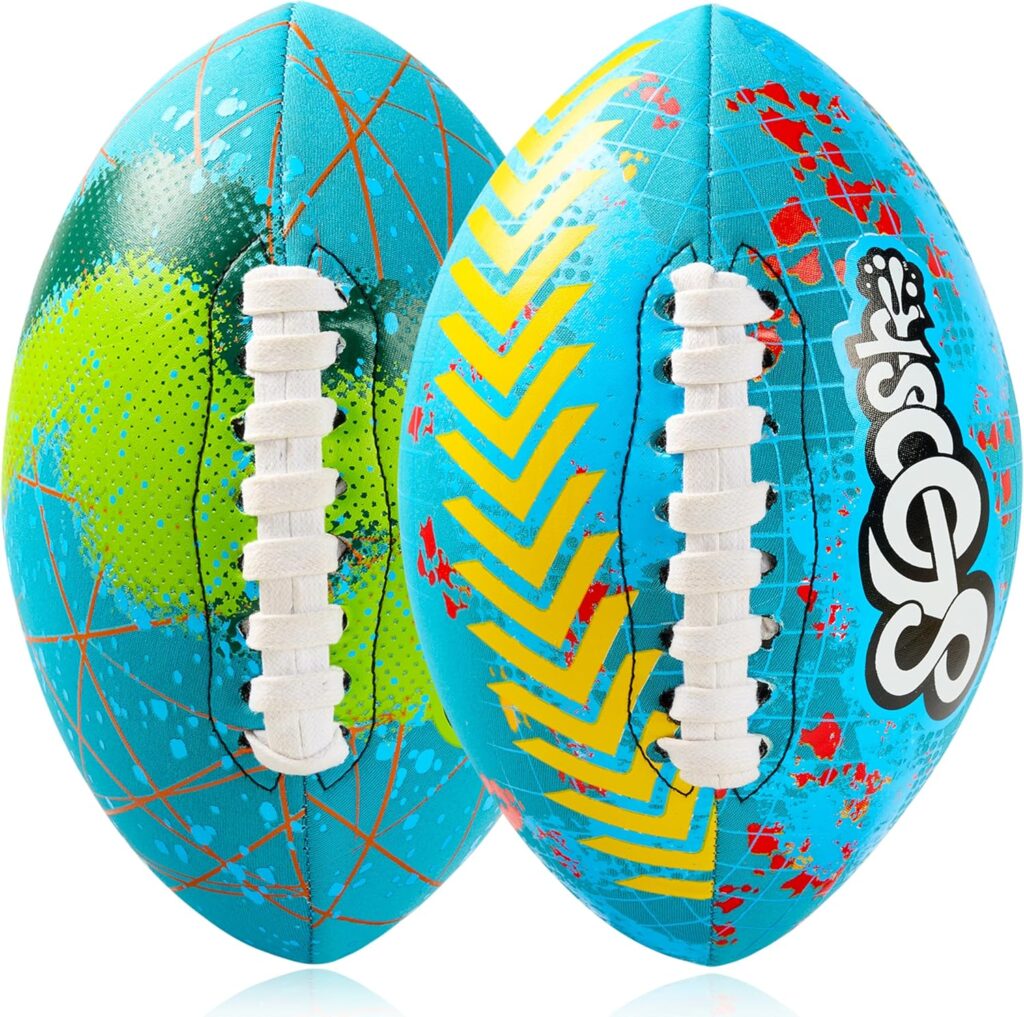
Maintenance and Ball Care
Rinse your pool football in fresh water after use to remove chlorine or salt. Store it in a shaded area to prevent fading and cracking.
FAQs on Swimming Pool Football
Can I use a normal football in a pool?
You can, but it will get heavy and may damage pool surfaces over time. A water-specific ball is better.
Is swimming pool football safe for kids under 10?
Yes, with adult supervision, shallow water, and a soft ball.
What is the difference between water polo and swimming pool football?
Water polo uses a different ball, stricter rules, and is played entirely by swimming without touching the bottom.
Can it be played in saltwater pools?
Yes, but rinse equipment afterward to prevent corrosion.
READ ALSO: Pool Volleyball
The Bottom Line on Swimming Pool Football
Swimming pool football turns an ordinary swim into an unforgettable group sport. With the right ball, clear rules, and a splash of creativity, it’s a game that keeps players cool, active, and laughing all summer. Grab your pool football and see why this game is making waves.
